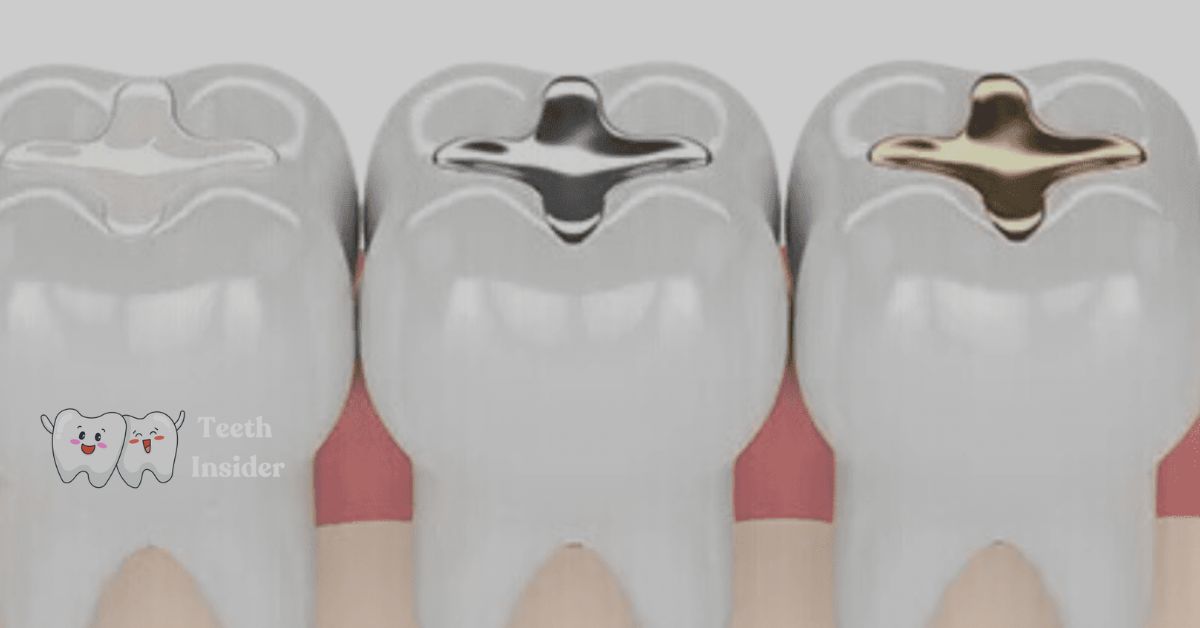Composite fillings are a well-liked option when it comes to dental care for tooth repair. Are they, however, robust enough to endure the rigours of regular use? To better grasp the strength of composite fillings, Are Composite Fillings Strong let’s examine this question.
Understanding Composite Fillings
Composite fillings, sometimes referred to as tooth-coloured fillings, are made of a small amount of glass particles mixed with plastic resin. These materials mix in perfectly with teeth’s natural colour, providing strength and longevity. Since composites bind directly to the tooth, unlike traditional amalgam fillings, they are a popular choice among patients.
Factors Contributing to Strength
Composite fillings are strong because of a number of characteristics. First of all, their capacity to form a strong link with the tooth’s structure improves stability and offers dependable support for routine biting and chewing tasks. Furthermore, they preserve the tooth’s overall strength by requiring less healthy tooth material to be removed during the filling procedure. Compared to amalgam fillings, which frequently require more extensive tooth removal, they are less intrusive.
Also Read: Free Dental Implants For Low Income UK Residents

Adaptability and Versatility
The adaptability of composite fillings is one of their main advantages. Because they can be used on both front and back teeth, they can resist the forces of biting and chewing regardless of where in the mouth they are positioned. They are a great option for treating a range of dental problems, from minor cavities to more extensive areas of decay, because of their versatility.
Aesthetic Appeal
Composite fillings are strong and have aesthetic benefits as well. They practically blend in with the surrounding enamel because of their capacity to imitate the natural colour of teeth. This aesthetic benefit is especially important for people who value keeping their smiles appealing and natural.
Also Read:Why No Dairy After Dental Implant? Your Guide
Longevity and Durability
Although composite fillings are typically robust, a number of factors can affect how long they last. The longevity of a composite filling depends on a number of variables, including the patient’s oral hygiene habits, the size of the filling, and the dentist’s expertise. Composite fillings can give dependable support for the treated tooth for many years if they are properly maintained and cared for.

Easy Reparability
The simplicity of restoration offered by composite fillings is another benefit. In the unlikely occasion that a filling is broken or falls loose, a dentist can quickly replace it or fix it. This guarantees that without requiring major surgeries, patients can preserve the integrity of their dental work.
Advantages of Composite Fillings
The use of composite fillings has various benefits over alternative solutions. First of all, because composite fillings may be customised to match the natural colour of teeth, they will blend in seamlessly with the surrounding enamel, providing aesthetic benefits. Composite fillings are a great option for visible portions of the mouth because of their natural appearance, which restores both function and aesthetics.
Composite fillings are also biocompatible and free of mercury, which makes them a safe choice for patients of all ages. In contrast to metal fillings, don’t include any potentially dangerous materials, giving people who are worried about their oral health a piece of mind.
Potential Drawbacks
Although composite fillings are often robust and long-lasting, there are a few possible disadvantages to take into account. In example, composite fillings may wear down slightly faster than metal fillings when subjected to severe chewing or grinding stress. But a dentist may simply replace them or fix them, so their longevity and functionality are guaranteed.
Furthermore, composite fillings may eventually get stained, particularly if they are exposed to foods and drinks that discolour teeth. On the other hand, composite fillings can be kept looking bright and natural with routine brushing and professional cleanings.

Conclusion
A lot of dental patients choose composite fillings because of their strength, longevity, and cosmetic appeal. They are a great choice for treating a variety of dental problems because of their capacity to firmly adhere to the tooth, maintain natural structure, and resist wear and tear from daily use. Speak with your dentist if you’re thinking about getting dental fillings to find out if composite fillings are the best option for you.
FAQs
Do composite fillings cause sensitivity?
After the installation of a composite filling, sensitivity is possible but usually transient. It’s crucial to let your dentist know if you have persistent sensitivity.
Can composite fillings be whitened?
Composite fillings can’t be whitened, unlike real teeth. Keeping your mouth clean is crucial to avoiding stains.
Are composite fillings suitable for children?
Composite fillings are safe for kids, yes. They are a popular option for paediatric dental care because they provide durability and natural appearance.
Can composite fillings be used for large cavities?
Small to moderate cavities are suited for composite fillings. Your dentist could suggest dental crowns or other alternative treatments for bigger cavities.
How soon can I eat after getting a composite filling?
Usually, you can eat immediately after receiving a composite filling. To prevent inadvertently biting your tongue or cheek, it’s best to wait until any local anaesthetic wears off.
Will composite fillings be covered by my dental insurance?
Composite fillings are generally covered by dental insurance policies, though specific policy details may apply. It is best to inquire about particular coverage specifics directly with your insurance carrier.

